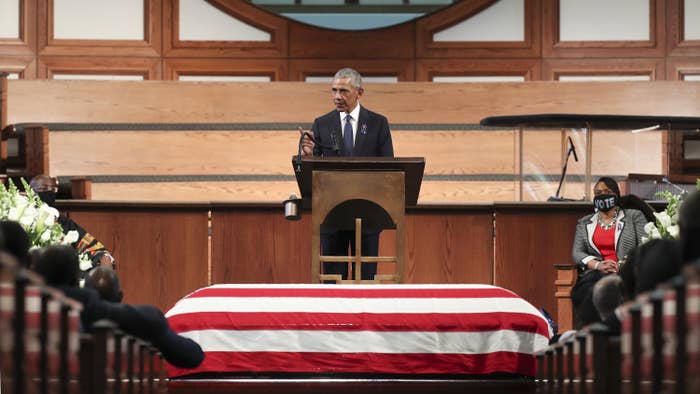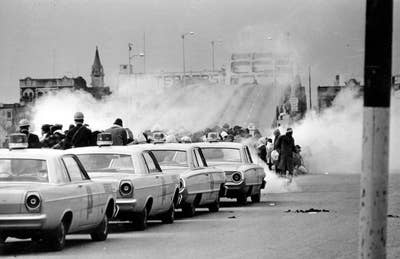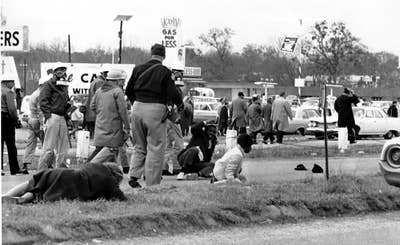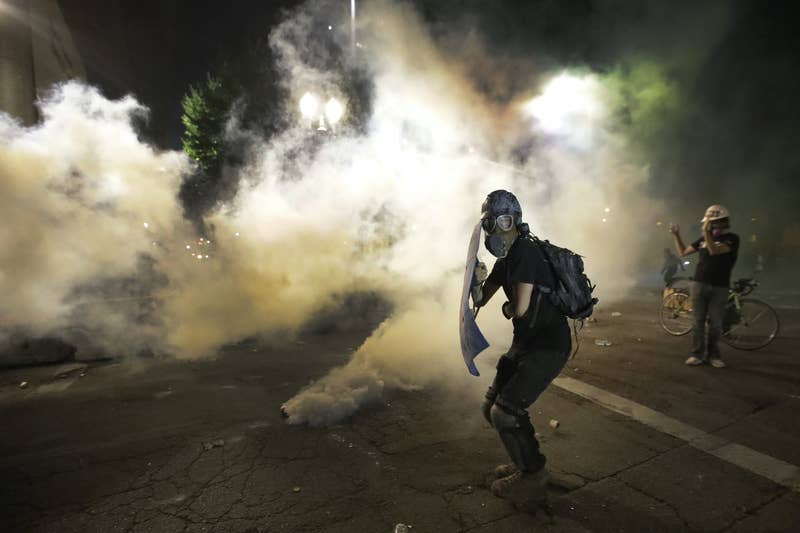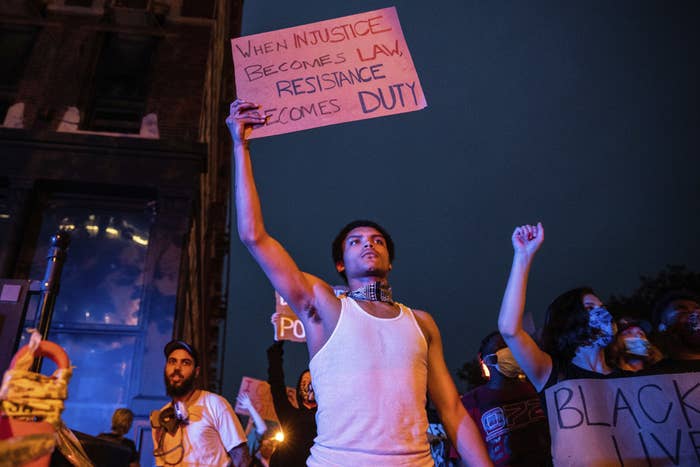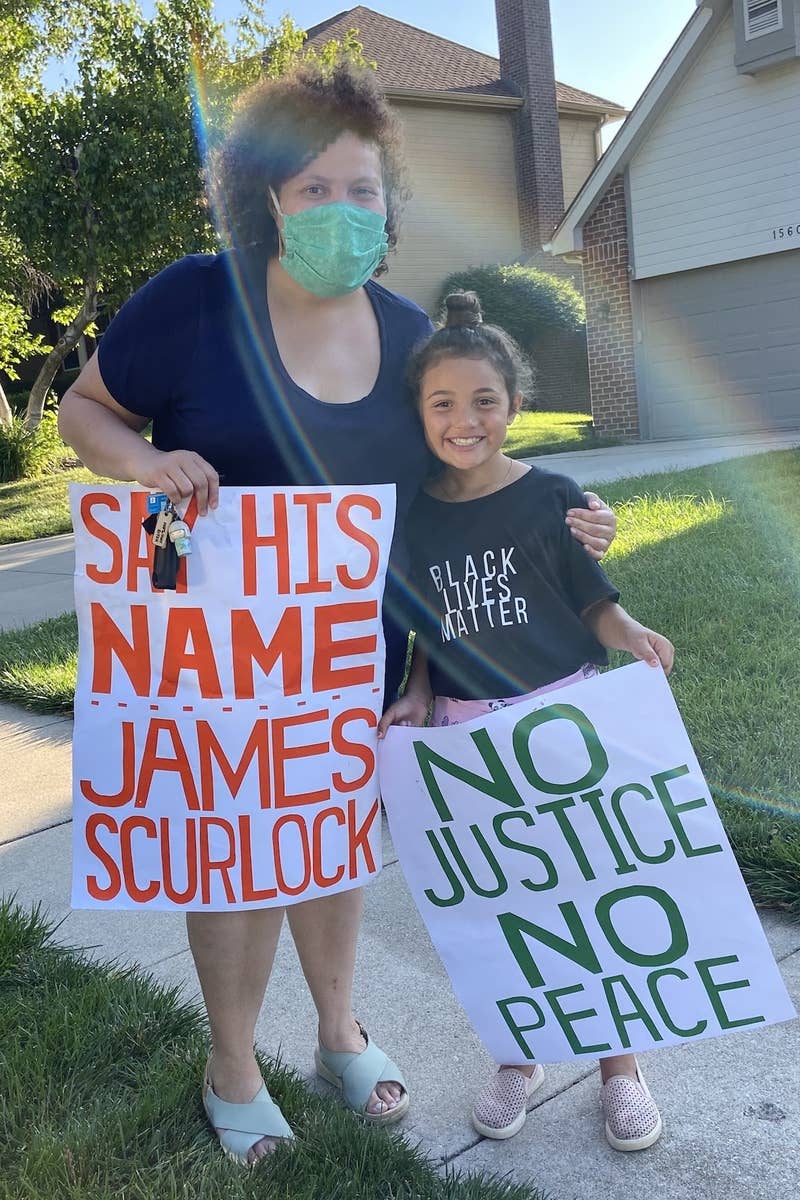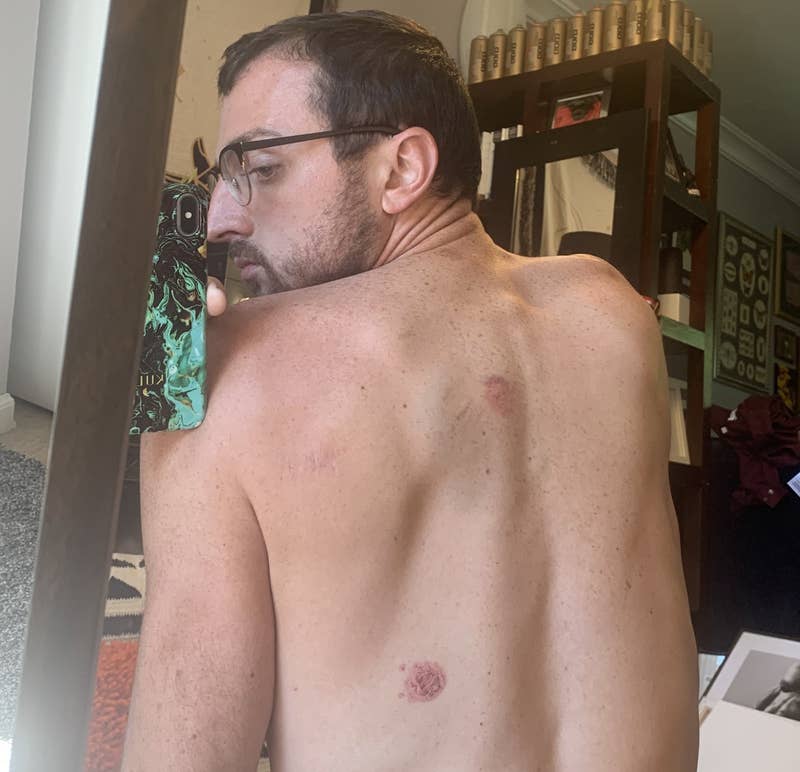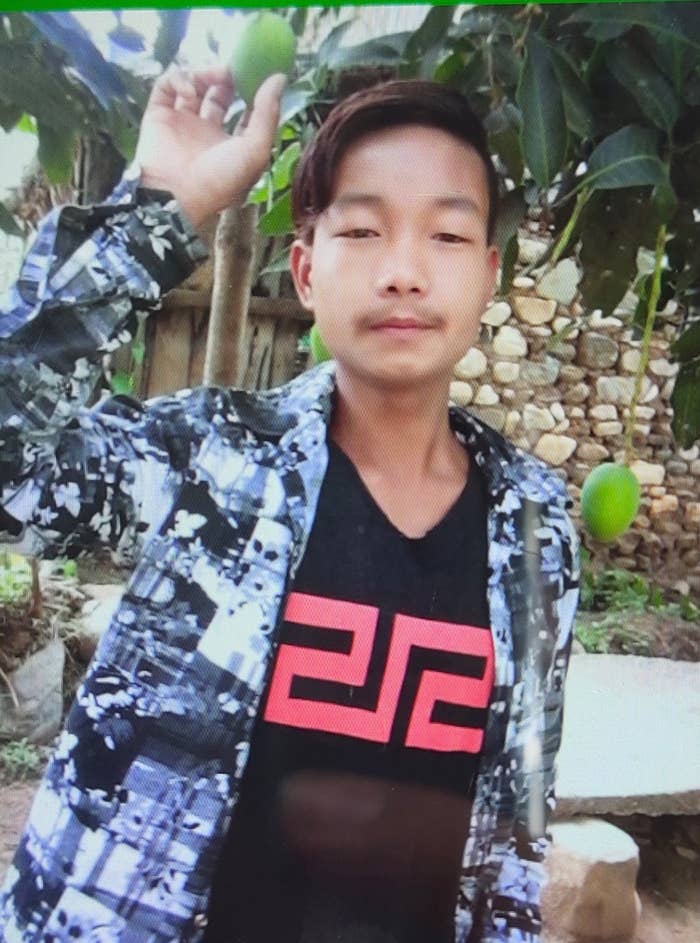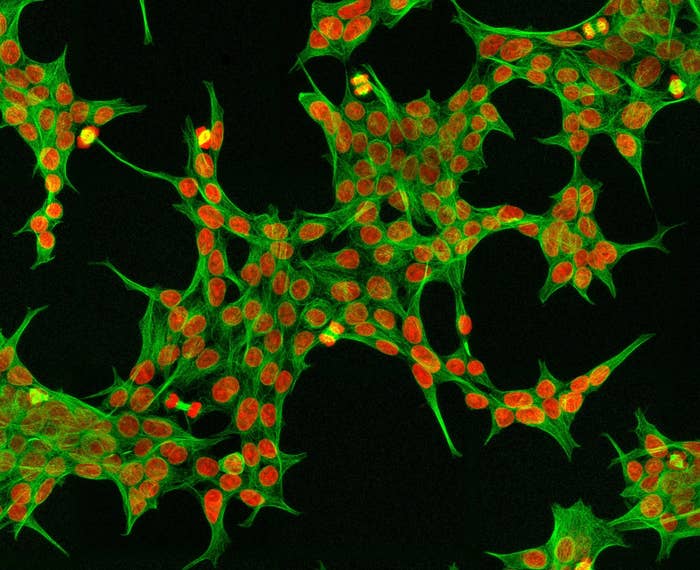"Breonna Taylor had dreams," Oprah Winfrey said. "They all died with her the night five bullets shattered her body and her future."
Julia Reinstein BuzzFeed News Reporter
Posted on July 30, 2020, at 11:58 a.m. ET
For the first time in its 20-year history, Oprah Winfrey will not appear on the cover of the latest issue of O Magazine.

Instead, an image of Breonna Taylor — who was killed by police in March — is being featured.
“Breonna Taylor. She was just like you," Winfrey said in an announcement of the cover on Thursday. "And like everyone who dies unexpectedly, she had plans. Plans for a future filled with responsibility and work and friends and laughter."
Taylor, a 26-year-old Black woman, was asleep in her bed on March 13 when police broke down the door of her Louisville home as part of a drug investigation. Thinking the police were home invaders, Taylor's boyfriend fired his weapon. Police then fired at Taylor, who was unarmed, eight or more times.
One of the officers, Brett Hankison, was fired for misconduct. The other two other officers, Sgt. Jon Mattingly and Myles Cosgrove, were placed on administrative reassignment. None have been arrested or charged in connection with her death.
For months, calls to "arrest the cops who killed Breonna Taylor" have been a constant refrain at protests and on social media.
Taylor was an emergency room technician with a bright future, her family told BuzzFeed News in June. She was working toward buying a house and starting a family with her boyfriend, and she had plans to go back to school to get her nursing degree.
In a tribute to Taylor, Winfrey shared details about how her loved ones will remember her.
"Breonna Taylor loved cars and treated her 2019 Dodge Charger like a trusted friend," Winfrey wrote. "Breonna Taylor loved chicken any way you could cook it. Breonna Taylor put hot sauce on everything, especially eggs. Breonna Taylor appreciated every kind of music and the dances that went along. Breonna Taylor treated all her friends like besties. Breonna Taylor was a force in the life of her 20-year-old sister."
"Breonna Taylor had dreams," she said. "They all died with her the night five bullets shattered her body and her future."
A 26-Year-Old Woman Was Fatally Shot By Police In Her Home, And Now Kentucky’s Attorney General Is Investigating
Stephanie K. Baer · May 14, 2020
Clarissa-Jan Lim · June 24, 2020
Salvador Hernandez · July 15, 2020

Julia Reinstein is a reporter for BuzzFeed News and is based in New York.

